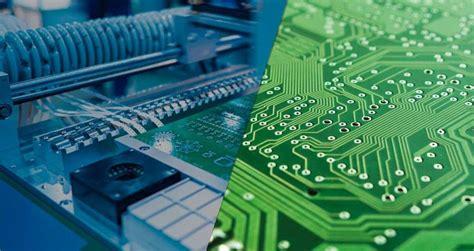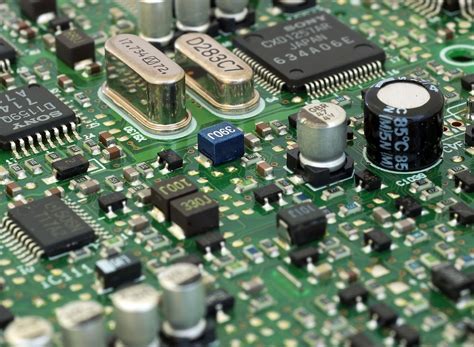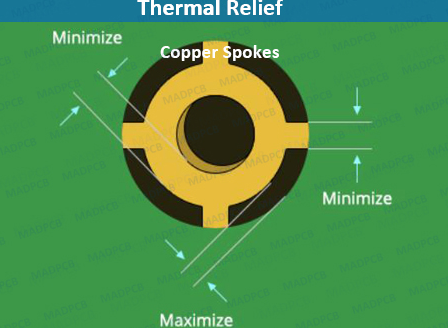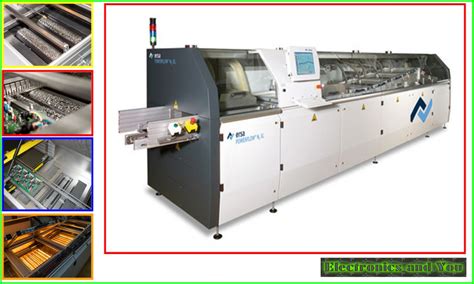Fiber optic connectors in data centers: key high-speed transmission tools
In today’s data centers, it is very important to transmit data quickly and stably! As information technology continues to advance, the Internet is developing rapidly, and the scale and processing power of data centers are also increasing. In such a situation, fiber optic networks have become an ideal transmission medium, and their importance is becoming more and more obvious. As an indispensable part of fiber optic networks, fiber optic connectors play a very important role. Next, let’s think about the types of fiber optic connectors, how to use them, key performance indicators, and how important they are in data centers.
Types of fiber optic connectors
Fiber optic connectors are mainly divided into two categories: multimode connectors and single-mode connectors. The choice of connector depends mainly on the application scenario and the transmission distance.
Multimode connectors, multimode optical fiber is suitable for short-distance communication, generally only a few hundred meters. It allows several light wave modes to run together in the optical fiber, which is very useful for short-distance connections in data centers. Common multimode connectors include LC (Lucent Connector), SC (Square Connector), ST (Straight Tip), and MTP/MPO connectors. These connectors are designed with great care, have long plug-in life, and good optical performance, making them very suitable for high-density wiring and equipment connection.
Single-mode connectors, single-mode optical fiber is suitable for long-distance communication, and can effectively reduce the attenuation and distortion of optical signals during transmission. Common single-mode connectors include FC (Fiber Connector), LC, SC, and E2000. These connectors can work well within a distance of several kilometers, and are very useful in large data centers and remote connection situations.

Application of fiber optic connectors
In data centers, fiber optic connectors have many uses.
When servers are connected to switches, fiber optic connectors are often used to connect servers and switches in data centers, allowing data to run very fast through high-speed optical fibers. In this way, the response speed of the server is increased, and the delay is greatly reduced, which can ensure that the data center is still efficient when processing large amounts of information.
Data must be transmitted at high speed between several switches in the data center. Fiber optic connectors can provide a high-bandwidth, low-latency channel to ensure that data between switches can be transmitted quickly and accurately.
When backing up and storing data, connecting fiber optic connectors can make the speed of reading and writing data to storage devices much faster, ensuring a smooth data backup process.
In addition, cloud computing and remote access are becoming more and more common, and some services and storage in data centers are extending outward. Fiber optic connectors can ensure stable and fast data transmission during remote connections, allowing users to access data anywhere.

Key performance indicators
When choosing a fiber optic connector, there are several key performance indicators that need to be carefully considered to ensure that it is effective in the data center.
- Insertion loss is the power loss when the signal passes through the connector. Low insertion loss can ensure complete signal transmission. The insertion loss of a good fiber optic connector is generally less than 0.2dB.
- Return loss is the amount of signal reflected back at the connector interface. High return loss means less signal reflection loss, allowing more signal to be transmitted to the next device. In the application scenario of high-frequency signals, the higher the return loss, the better. The return loss of connectors in general data centers cannot be less than 40dB.
- Temperature range. Fiber optic connectors must be able to work stably in different temperature environments. Most fiber optic connectors have an operating temperature range of -40°C to 85°C, so that even if the temperature in the data center changes, the AT27C010-55DI connector can work normally.
- Robustness and reliability. In the environment of the data center, the connector must be strong and durable to ensure several years of service. The design of the fiber optic connector must be able to withstand frequent plugging and unplugging without degrading performance.
Design and manufacturing of fiber optic connectors
Now the design and manufacturing technology of fiber optic connectors has made great progress. High-precision manufacturing processes can achieve the best optical performance of the connector and reduce the error in the production process. The material selection of the connector housing is also particularly critical. Generally, high-temperature resistant and corrosion-resistant materials are used to extend the service life.
In addition, precise fiber docking technology is very important for connector performance. It is necessary to ensure that the fiber core is docked best to reduce signal loss. The end face processing of the connector, the cutting accuracy and process of the fiber are directly related to the final performance of the connector.
When producing fiber optic connectors, strict quality inspection and testing processes are indispensable. Parameters such as insertion loss, return loss, and tensile strength must be tested to ensure that every connector shipped can meet high-standard performance requirements.

Future development trend
As data traffic continues to increase, the technology of fiber optic connectors is also constantly changing. The demand for higher bandwidth has led fiber optic technology to develop towards higher data transmission rates. Fiber optic connectors with speeds such as 100G and 400G have gradually become the new favorites of the market and can adapt to the increasingly complex network architecture of data centers.
In addition, the modular design of fiber optic connectors has become more and more popular, making it easier to maintain and replace connectors. Users can flexibly assemble and transform the network according to their needs without having to redo all the wiring.
As technologies such as artificial intelligence and big data become more and more popular, data centers are facing more and more challenges. As a key tool for connecting different devices and transmitting data at high speed, the development of fiber optic connectors will directly affect the overall performance and efficiency of data centers.







